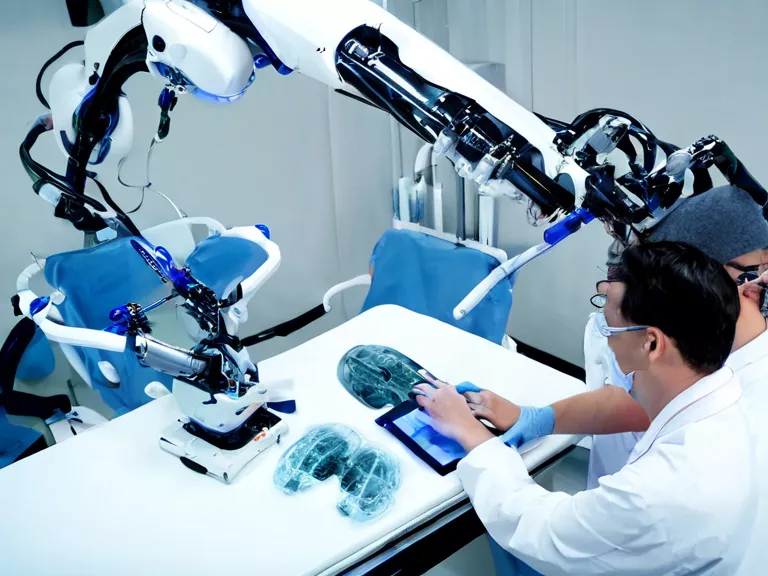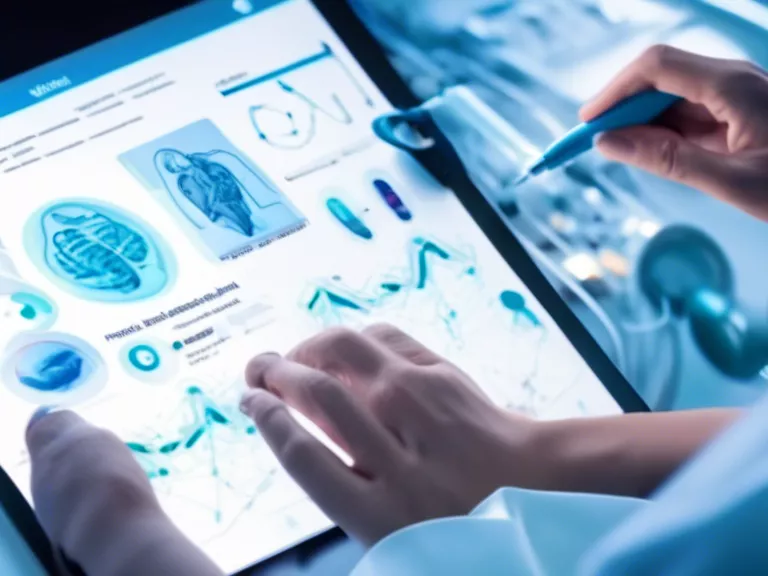
Advances in Robotics for Surgical Procedures
In recent years, advancements in robotics have revolutionized the field of surgery, making procedures more precise and less invasive. Robotic-assisted surgeries offer numerous benefits to both patients and surgeons, leading to improved outcomes and quicker recovery times. From minimally invasive techniques to complex procedures, robotics is changing the way surgeries are performed. Let's delve into the transformative impact of robotics on surgical procedures.
One of the key advantages of robotic-assisted surgery is enhanced precision. Robotic systems provide surgeons with a greater range of motion and dexterity, allowing them to perform intricate maneuvers with increased accuracy. This precision is especially beneficial in delicate surgeries where the margin for error is minimal. By minimizing human error, robots can help improve surgical outcomes and reduce complications.
Furthermore, robotic surgery offers the advantage of smaller incisions and reduced trauma to the patient. Traditional open surgeries often require large incisions, leading to more pain, longer hospital stays, and extended recovery times. In contrast, robotic surgeries are minimally invasive, resulting in smaller scars, less pain, and quicker recovery. Patients undergoing robotic-assisted procedures typically experience less blood loss and lower risk of infection, leading to improved overall outcomes.
Robotic technology also allows surgeons to access hard-to-reach areas within the body more easily. With the assistance of robotic arms and cameras, surgeons can navigate through tight spaces and perform intricate procedures with greater ease. This capability expands the scope of surgeries that can be performed minimally invasively, offering patients less invasive treatment options for a wider range of conditions.
Overall, the integration of robotics into surgical procedures has transformed the way surgeries are conducted. With enhanced precision, smaller incisions, and improved access to difficult areas, robotic-assisted surgeries are paving the way for better patient outcomes and shorter recovery times. As technology continues to evolve, we can expect further advancements in robotic surgery that will continue to improve the quality of care delivered to patients.
Glass of Win
Smile to Africa Adventure
Monika Brodka
USS Oriskany
Literati2
Penny Hardaway
Designed in Finland
Refiza
Dan Rodimer
Local Savage
ATW Traveler
Marcel Theroux
Kemble Gallery
Cronk's Oakridge
El Horizontal
Em Cada Pagina
Iroko Designs
La Fonda Mexican Restaurants
Layton Bio
Nanjing Expat
Richard YT
Righting Food
Shkodra Daily
Merabsp
pfoto rzd
Esculturasy Monumentos
Warren Indiana
Jintara Fan Club
fted cruz
Khamag Mongol
Military Art Company
beavtrav
Belum Lama
Blue Rooster Food Company
DJ Vibe
eugene the brand
hennypalooza.com
hillsideornamentals.com
Komik Gratis Online
matsunoyanotsuma.com
mix4max.com
sharingourfoodadventures.com
thebestbedlinenintheworld.com
thegrayandorange.com
toronto-restaurants.com
yamato-movie.com
Scoops Ice Cream Truck
Uncover Studios
Fc Lupopo
Toci Lamart



